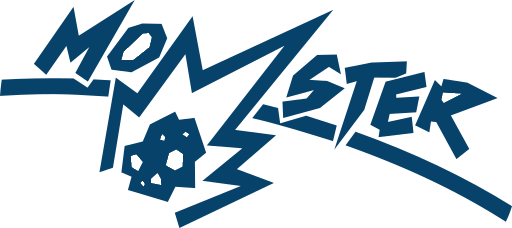MOMSTER: MObile Meteor STation for Education & outReach
MOMSTER aims at developing a Meteor Education Kit as a resource for STEM teachers in secondary schools.
The kit will include a mobile radio meteor station consisting of a dedicated antenna and radio receiver, as well as an educational package to learn all about meteors and their impact on the atmosphere and the planet as a whole, while at the same time conveying a fascination for the ephemeral beauty and complexity of these natural light shows.

What makes MOMSTER innovative ?
Space and atmospheric science are STEM disciplines par excellence, involving various science fields (physics, mathematics, chemistry, biology, geography, engineering, ...). As a subject triggering the imagination, the "study of shooting stars and meteor showers" has the potential to raise interest in STEM disciplines and increase science information retention by linking with Art (i.e., 'STEAM-education') and citizen science, both in formal and informal education. We search to foster collaborations with teachers from secondary schools to boost interest in the science behind these phenomena.
The project BRITEC was unique in its kind by bringing citizen science into the classroom. The MOMSTER project goes even one step further by physically bringing the measuring devices to the schools. This approach will likely increase levels of ownership (the school 'takes care' of the device) and will facilitate interactions between pupils of all ages in the respective school. It creates extra possibilities to involve art students and others who are otherwise less likely to get in touch with STEM-content.
Objectives
Stimulate STEAM @ schools
With this project, we use meteor science and observations as a refreshing means to stir the interest of teachers and secondary school students for STEAM activities, ultimately resulting in nudging of their future career choices towards science or engineering career paths. Radio meteor observations are an ideal daytime tool to accomplish this goal, since many aspects of the research fit well into the school STEAM curricula:
- Science & Mathematics: planetology, atmospheric composition, chemistry (ionisation process), physics of heating and evaporation, trigonometry, interpretation of data
- Technology & Engineering: radio technology, antennas & digital receivers
- Arts: a design challenge (design the box) is used in order to stir the interest of a wide array of students.
A dedicated STEAM lesson module helps secondary school teachers to bring the topic to the classroom.
Stimulate the use of citizen science in schools
We encourage teachers and secondary school students to participate in the Radio Meteor Zoo, our Citizen Science project aiming at detecting radio meteor echoes on BRAMS spectrograms during meteor showers. We developed a hands-on meteor education kit to facilitate bringing citizen science to the classroom.
Reach the public
By strengthening our BRAMS-network, creating, and using educational resources, we will gain more attention from teachers, parents as well as the local press. The strong educational component of this project will consolidate the collaborative relationships between BIRA-IASB and visitor centers, which will create extra momentum for the public to start joining the Radio Meteor Zoo citizen science project. The educators at the Planetarium and public observatories will also use the hands-on meteor education kit.
Website and contact
The educational website is available in Dutch and French at https://momster.aeronomie.be
Contact point:






